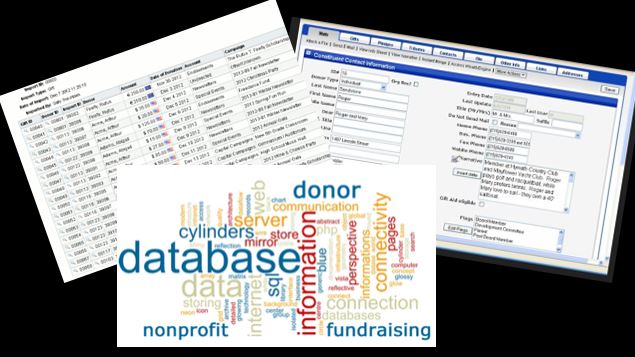Many organizations seeking donor investments make the mistake of only focusing on one type of revenue source – special event fundraising.
Event fundraising most often is staff-draining, time-consuming, and lacks the appropriate follow-up strategy needed for cultivating large, long-term donor investments that build the organization’s long-term capacity to serve.
Having said that, it’s important to note that significant benefits can result when nonprofits develop one, two, or maybe a very small handful of well-known and well-implemented signature events where community awareness, “friend raising” and fundraising help people ignite passion and support for the organization’s mission.
This article shares key steps to moving away from solely an event-based fundraising model in order to move toward a more strategic, diversified development program.
Here are the most critical steps in developing a diversified fundraising pipeline of qualified prospects.
- First, break your organization into meaningful and fundable “program buckets.” Your organization’s mission may be specific enough to form a master bucket for helping you develop an overarching case for support. Then, break this overview into smaller program and project descriptions that appeal to funders. For example, for a healthcare organization, it could be heart health, cancer treatment, sports medicine, etc. For a job training center, it could be training for women, men, and youth.
- Second, develop a “Case for Support” for each of your major bucket areas. Your cases for support must clearly articulate the funding need, as well as how funding will provide opportunity to expand your work and impact. (See my Compelling Case for Support article.)
- Once you’ve developed the appropriate number of cases for support tailored to your organization, it’s time to begin researching donor prospects. Most often, organizations will research and identify donor prospects with passion and capacity to invest in your mission or cause in these major categories: Individuals, private foundations, and government funding sources.
- Put your donor prospects in a spreadsheet and categorize each donor (individuals, private foundations, and government) so that your spreadsheet can be sorted according to donor type. While there’s no “perfect format” for this type of spreadsheet tool, your columns should include the funder’s name, deadlines for application (applies to grants), areas of funding interest that align with your organization’s programs, who from your organization serving as the lead contact, whether your grant was funded or declined, and a column for notes. (Tip: It’s easiest to manage and track separate spreadsheets for individuals, private foundations, and government grants.)
If you use a donor database management system, be sure to categorize each donor prospect appropriately so that you can sort your files and run reports by categories. Each donor prospect must be carefully researched to fully understand each prospect’s priorities, donor history, and investment requirements.
- Develop donor cultivation plans to support each of your case for support or major bucket areas. For each funding prospect, this will require multiple steps of donor outreach that goes well beyond these initial, critical steps for developing your donor pipeline. The chart below illustrates the time, effort and strategy it takes to develop donor relationships and accelerate commitments. You must pristinely match each donor prospect’s areas of philanthropic focus and passion with your mission. You must prove your organization’s credibility for delivering value as well as reputation.
As you develop your organization’s donor investment pipeline, you’ll be well-positioned to go well beyond the limits of special event fundraising by creating a robust, major-gift prospecting and tracking resource.




